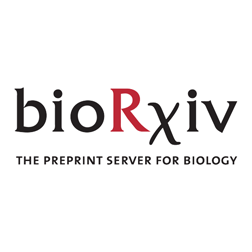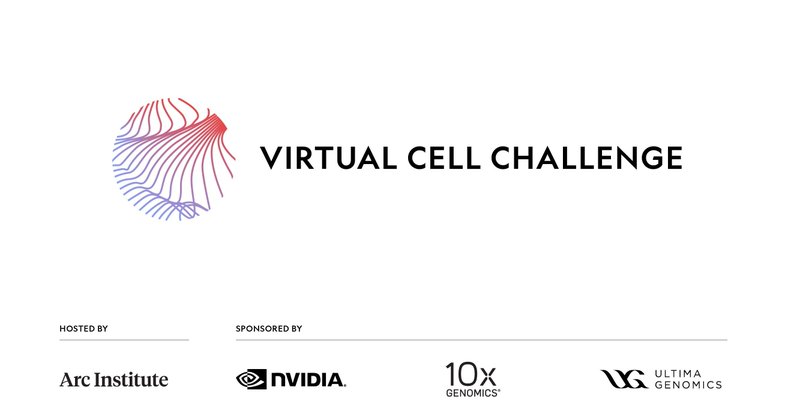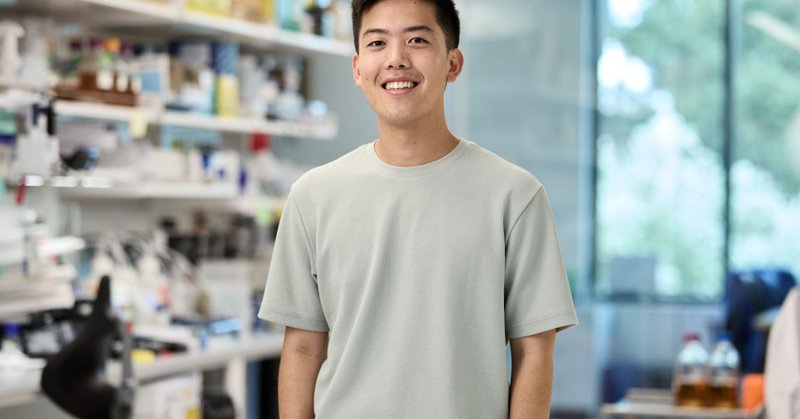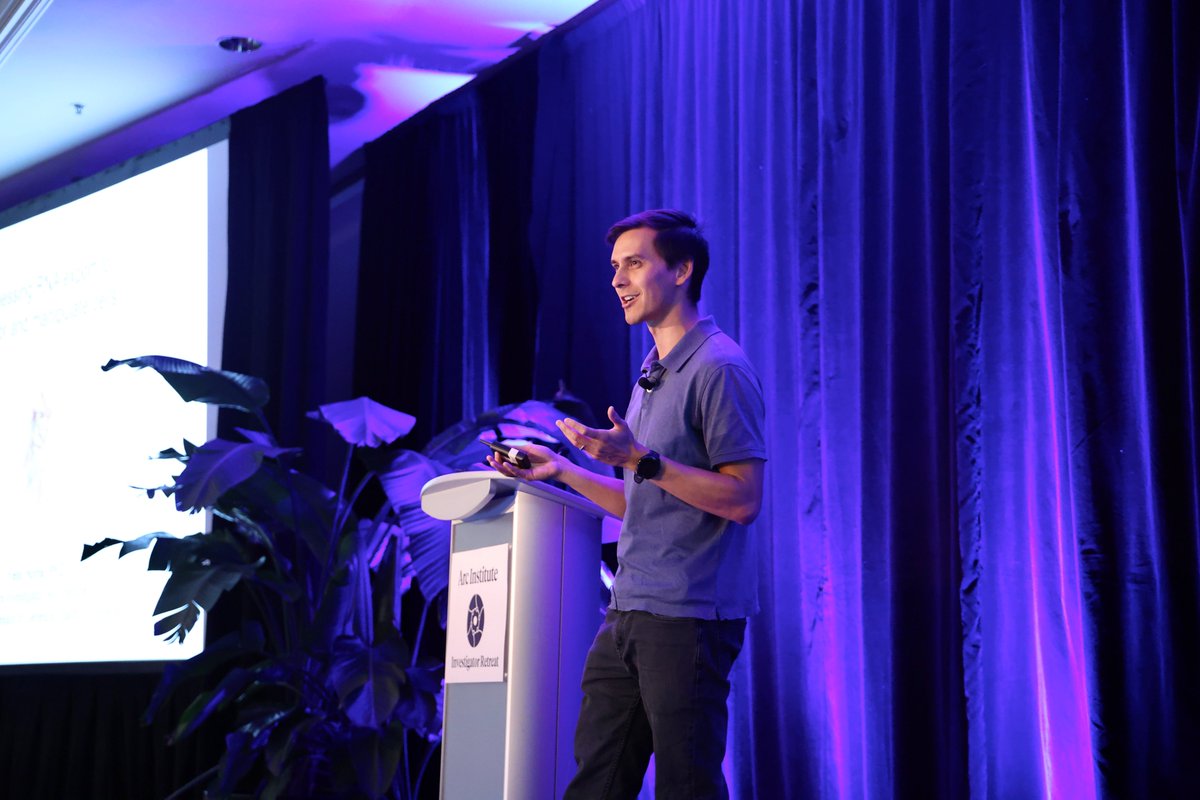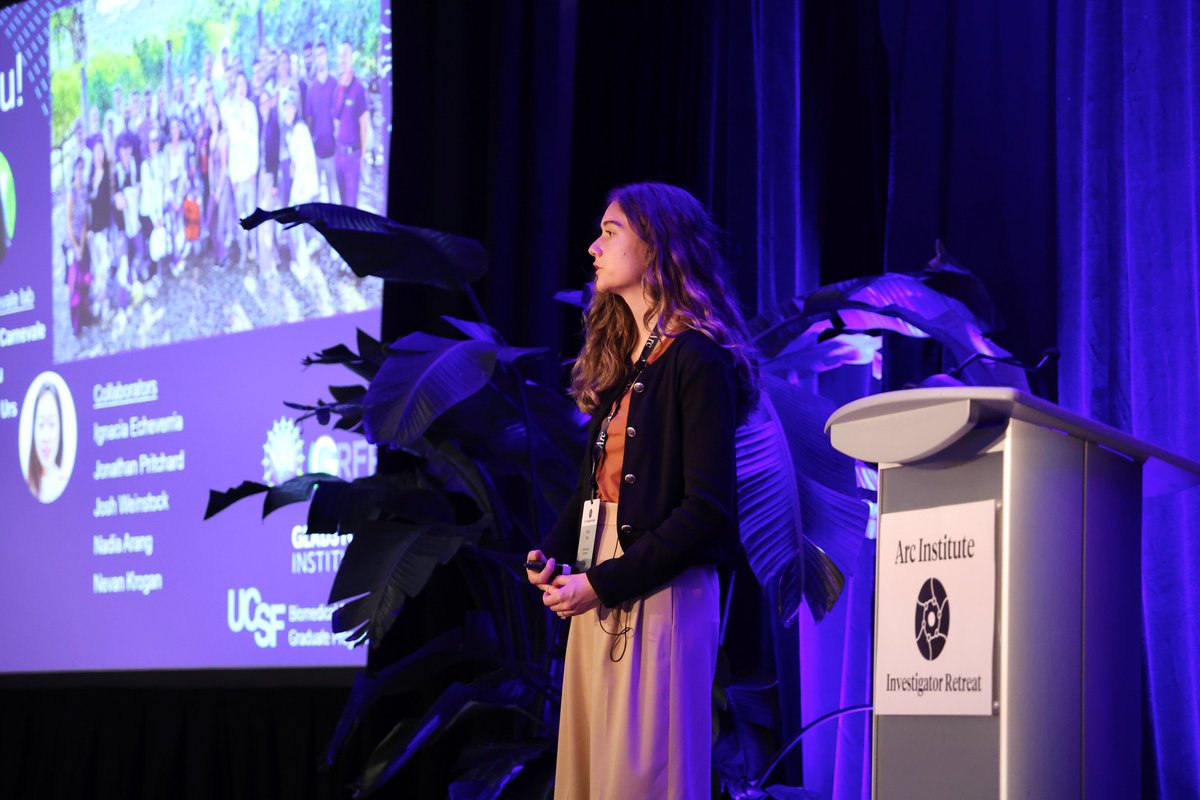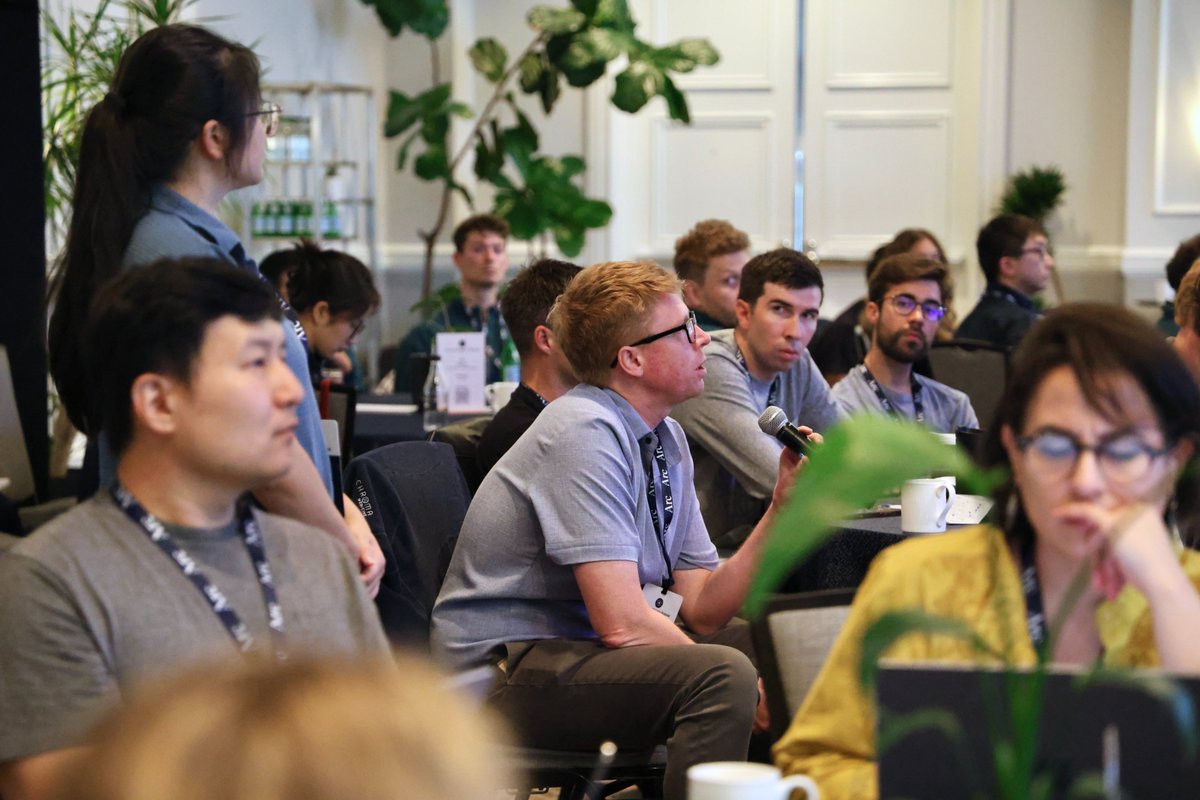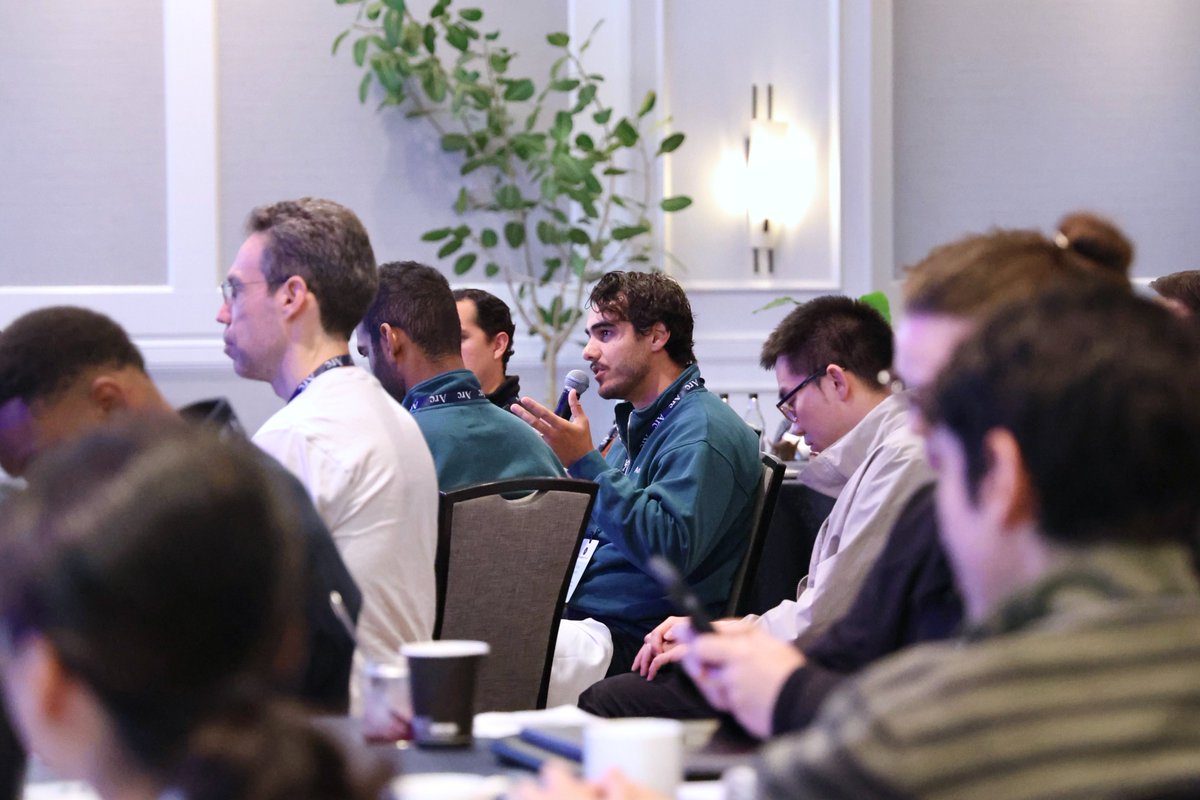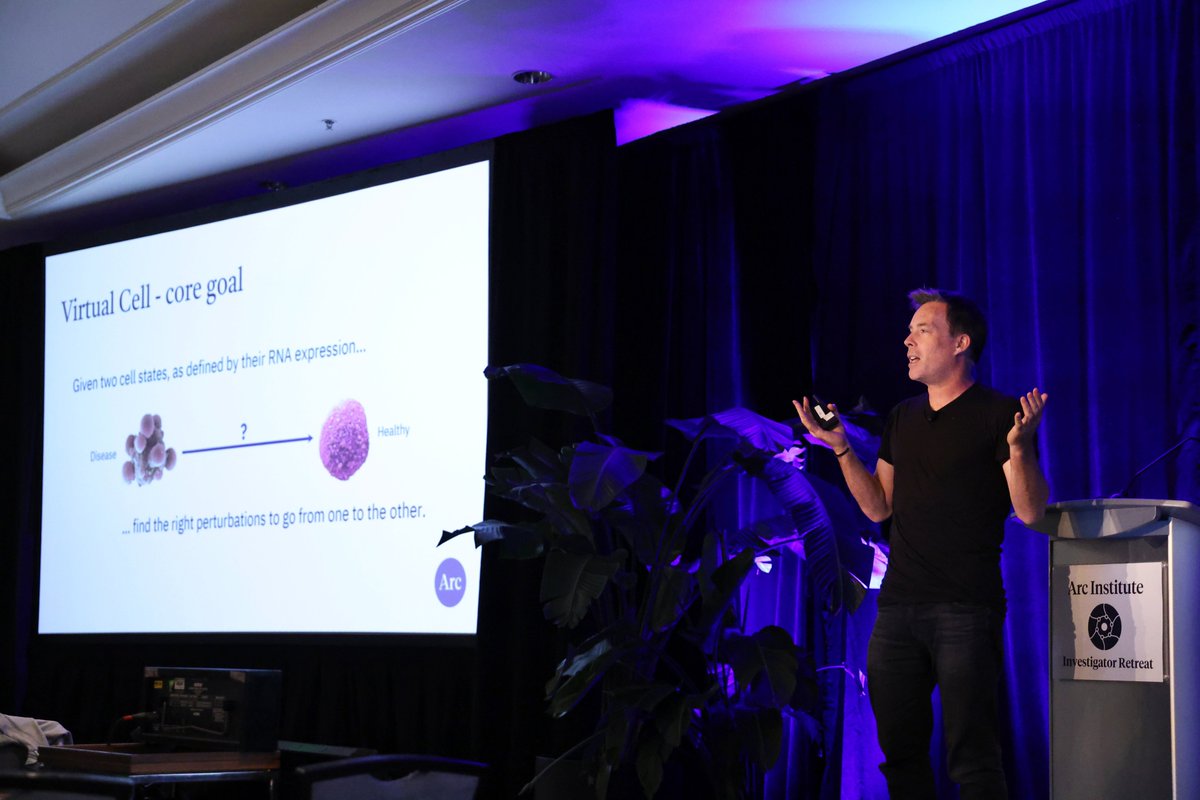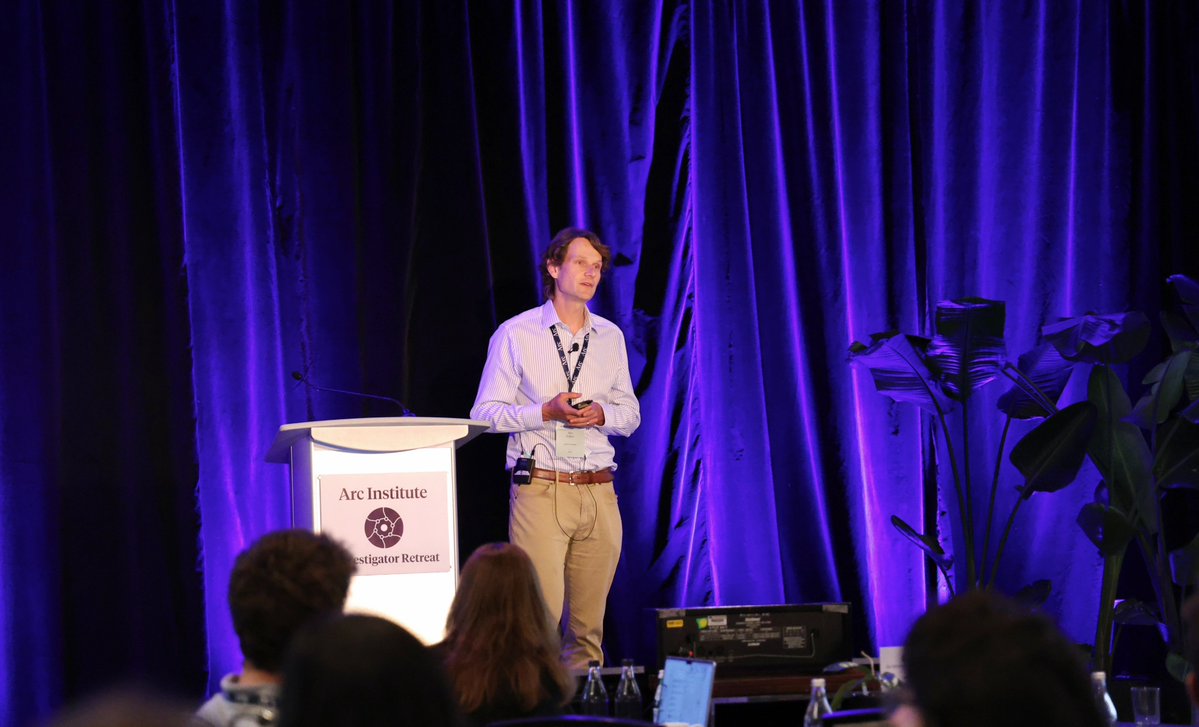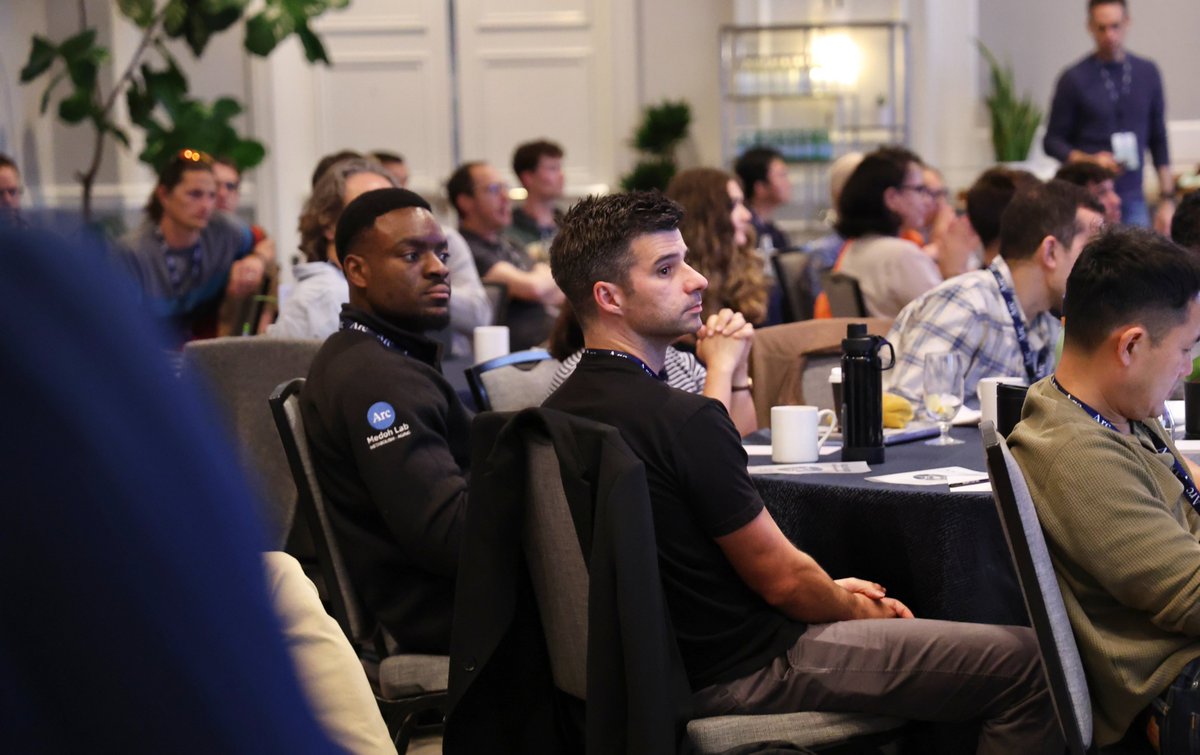
Arc Institute
@arcinstitute
Followers
36K
Following
211
Media
93
Statuses
380
A new scientific institution for curiosity-driven biomedical science and technology.
Palo Alto, CA
Joined November 2021
RT @pdhsu: After 28 nailbiting days, @arcinstitute's Virtual Cell Challenge has a new leaderboard topper! It took 20 tries, but the Kwisatz….
0
6
0
Over 2,500 people have already registered for the challenge and we're nearly three months away from when final submissions are due. Sign up at
virtualcellchallenge.org
The competition, hosted by Arc Institute at virtualcellchallenge.org and sponsored by NVIDIA, 10x Genomics, and Ultima Genomics, is focused on accelerating progress in AI modeling of biology....
1
1
9
RT @BrianHie: It was great chatting with @NikoMcCarty in this Q&A about the past and future of AI in biology. Evolution is a unifying theo….
arcinstitute.org
As a pioneer at the interface of machine learning and biology, Brian Hie (X: @brianhie) is known especially for developing deep learning models that can interpret the language of entire genomes—not...
0
29
0
“How far can we go? That’s an open scientific question.” Arc CTO @davey_burke talks virtual cells with @freethinkmedia.
What if AI virtual cells could help us decode disease, test medication, and rewrite biology? . Read the latest edition of Future Explored here: . @kristinjhouser @tkaraletsos @cziscience @marinkazitnik @arcinstitute @davey_burke #FutureExplored #AI
0
8
35
To help competitors get started, our team created a Colab notebook that guides participants through training and running inference on an ML model. For this example we started with STATE, the recently released model from Arc:.
colab.research.google.com
Colab notebook
2
0
6
Our 2nd Annual Investigator Retreat wrapped up with talks covering immunology and technology development from Core Investigators @ChristophThaiss and @FelixHorns, our incoming Science Fellow @maya_arce_, and our Innovation Investigators and Ignite Awardees @icclarker, Calvin Kuo,
0
2
30
The Arc Institute Investigator Retreat is off to a great start! Huge thanks to @davey_burke and @BrianHie for sharing their computational research, and to @ishahjain, Will Allen, @FaranakFattahi, and @brainevodevo for diving into cell biology and neuroscience.
1
1
40
RT @abhinadduri: Our work with the STATE model tackled context generalization for *seen* perturbations. @arcinstitute's Virtual Cell Challe….
0
5
0
“You need to have appreciation for the real molecular mechanism of a pathway, and you really need to study it until the last residue. Until then, you can’t develop potent inhibitors.” ~ Arc Core Investigator @li_lingyin.
Activation of the stimulator of interferon genes (STING) pathway can be great for fighting pathogens and treating cancer. But when the pathway is too active, it can do more harm than good, aggravating autoimmune and neurodegenerative diseases.
0
2
15
RT @pdhsu: Come join the bridge editing team @arcinstitute and build the future of genome design!.
0
17
0
RT @GENbio: STING Inhibition Differences Revealed Between Humans and Mice. Mechanistic discrepancies between species highlight the limitati….
genengnews.com
Mechanistic discrepancies between species highlights the limitations of mouse models in advancing STING inhibition drugs for various diseases.
0
8
0

